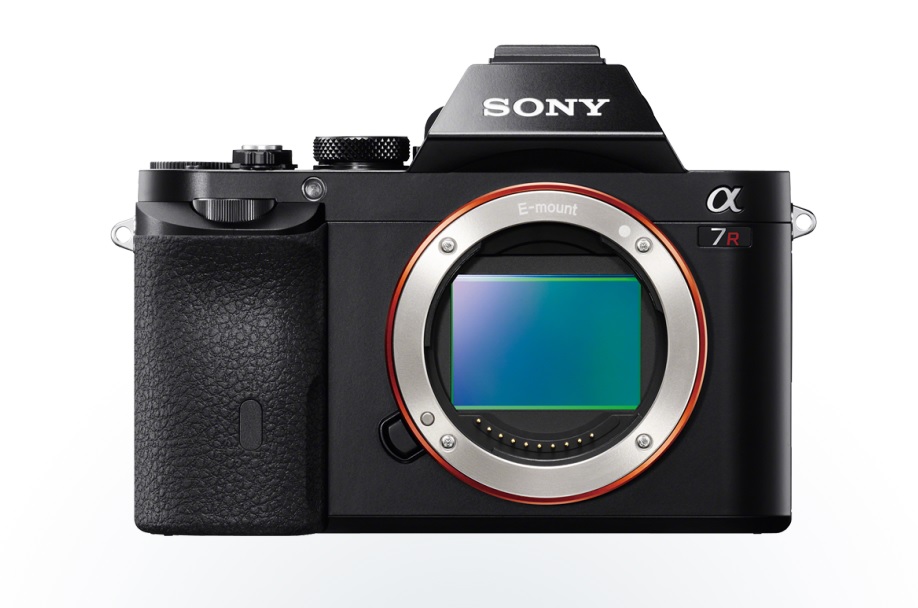

Setting up a custom My Menu page with your most-used settings is recommended, and thankfully not hard to do. It's improved for sure, but also lengthy and dense. It adds some color, moves the main category tabs from the top to the side, and adds touch support for a more navigable interface. If you're upgrading from an a7R IV, or older model, you'll be greeted with a new menu system that Sony has been distributing to new models starting with the a7S III. You can arrange it to your liking, and the camera lets you set up different menus for stills and video work, too. The Fn button launches a configurable on-screen quick menu, a useful interface that offers access to autofocus, picture quality, drive, and other settings by default. Play, Delete, Fn, and a rear control wheel finish off the physical interface. I tried it with everything from the slim FE 40mm F2.5 G up to the hefty Sigma 150-600mm Sports zoom and found the match of front grip and rear thumb rest to make for a satisfying experience, even when wearing winter gloves. The a7R V is comfortable to handhold with a variety of different lenses. C1, AF-ON, and AE-L buttons run in a row at the top of the rear plate, and the eight-way focus control stick is right underneath, tucked next to the thumb rest. Sony puts a couple of buttons (C3, Menu) in the top left corner of the rear, but most are meant for right-hand access. Other top plate controls include a video Record button and one of several configurable buttons, C2. A dedicated Stills/Movie/Slow Motion toggle is new as well it's nested under the Mode dial. It's still used for EV by default, but you can more easily swap its function if you prefer a different interface. These include an unmarked control dial in place of the dedicated EV control. The a7R V incorporates many of the subtle design changes first seen in the 33MP a7 IV from last year. Time will tell if the a7R V's sensor guard function will ameliorate the issue. I can say that after three years with the a7R IV, dust-busting in Lightroom and semi-regular sensor cleanings are necessary to keep the camera running in top form. I received a rental unit for review, so I'm not sure if the sensor dust I spotted was already there, or a result of my forgetting to power down the camera for a lens swap (a sin of which I'm often guilty). It's an effort to combat sensor dust, a pretty common headache for mirrorless cameras, many of which leave the image sensor unprotected. Dust and splash protection are included, and the a7R V adds an option to close down the shutter for lens changes. Sony offers the body in a matte black finish, with magnesium alloy for the chassis. Size-wise, the a7R V is typical for a full-frame model, coming in at 3.8 by 5.2 by 3.2 inches (HWD) and 1.6 pounds without a lens. Both are built around the same 60MP BSI CMOS sensor and share a similar body style, albeit with some upgrades for the new camera. The changes from the a7R IV to the V take a similar path.
SONY A7R SERIES
The third-generation a7R reused the 42MP sensor from the a7R II, but put a better battery and autofocus into the body the a7R III was the first in the series to hit 10fps. The strategy mirrors what it did with the a7R II and III. Same Sensor, New Cameraįor the a7R V, Sony is taking a page out of its own playbook and reusing the previous generation sensor, while at the same time making the camera vastly superior. If you have the means, the a7R V is a worthwhile splurge and our Editors' Choice winner for high-resolution cameras. An updated body style with a clever tilting display and a fantastic EVF are both winners too, and help justify the $400 price increase. The mark V leverages more powerful image processors, including a dedicated unit to power its AI-trained autofocus system, and offers snappier response to make it feel like a faster camera. The Sony a7R V ($3,899.99, body only) offers a host of upgrades over the previous edition, the a7R IV ($3,499.99), despite sharing the same 60MP image sensor.


 0 kommentar(er)
0 kommentar(er)
